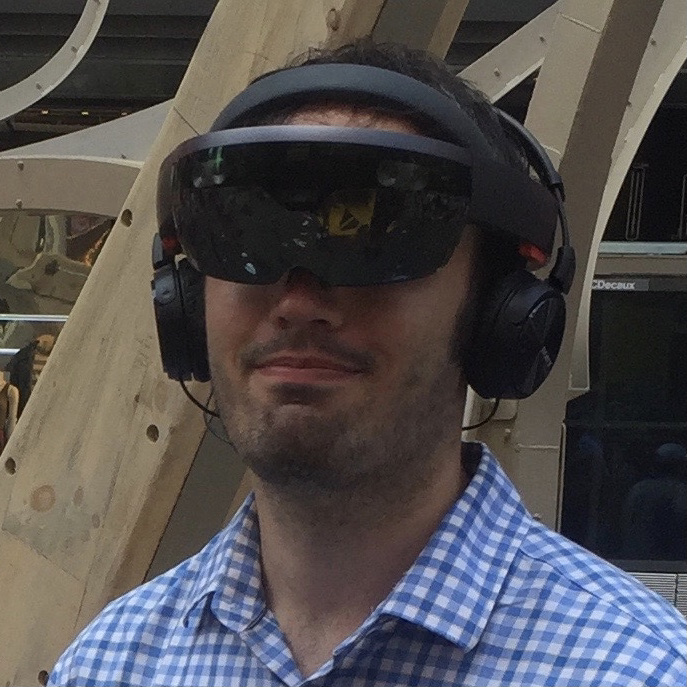Google Maps API goes public, opening the floodgates to Pokemon Go-like worlds
Look for AR games based on Jurassic World, Ghostbusters, The Walking Dead and much more

Pokemon Go took the world by storm, but it wasn’t everyone’s cup of tea. After some time, only hardcore Pokemon fans kept their step count up as they looked for new monsters.
But what if you took the core gameplay that Niantic developed, only this time added dinosaurs to hunt down instead? How about ghosts? Digimon? What movie or game world, integrated with the real world, would get you exploring your neighborhood?
We may be about to find out. In an announcement today, Google said that it's made the Google Maps API and ARCore available to game development partners. Devs will gain access to “100 million 3D buildings” through the Unity interface, where they can customize the appearance of their world on the foundation of ours.
Developers who partner with Google will have access to daily updates, meaning their worlds will update if a building is demolished or road is closed. Google will also help developers decide where to guide their users – i.e., where to put a Pokestop – so they don’t send people randomly to remote or dangerous locations.
As to how the games will look, that depends on how much work developers are willing to do to make their worlds look unique. One featured Google Maps partner, 4:33 Creative Labs, is making a Ghostbusters World AR game where you capture ghosts, which sounds very familiar. Another featured game, Jurassic World Alive, has you sedating dinosaurs wandering your local streets, and it looks a hell of a lot like Pokemon Go in aesthetics.
This is ironic, considering Niantic used its own Ingress Engine separate from Google’s API for Pokemon Go, and will do the same for the upcoming Harry Potter AR game.
Walking Dead: Our World, another Google-partnered game we heard about last year, has a world map that at least attempts some stylistic differences, and its AR content of shooting zombies with TV show cast members looks like it could be stressful and engrossing. We just hope no one will run from the zombies directly into traffic!
Get daily insight, inspiration and deals in your inbox
Sign up for breaking news, reviews, opinion, top tech deals, and more.
Google will be showing off more of its API and its partnered developers’ games at GDC 2018 next week, and we’re excited to get more inside details on how the API works. You can see more of their API tech here.
A fad or the future?
The mobile gaming market often follows a certain pattern: one game becomes a huge download hit, and then dozens of developers rush to flood the market with derivative clones of that hit game. Despite the fact that these games are often no more than palette swaps of the original, they frequently make big bucks regardless.
The format of encouraging mobile users to get up and move to find collectibles, and making the collecting process challenging enough to encourage microtransactions, could prove an extremely profitable genre of games.
Though this could depend on how much of the profits Google claims in exchange for lending out its API and putting users on their server cloud. Or, if any non-Nintendo brand has a strong enough pull to get users moving.

Nevertheless, Google has likely opened the floodgates for a huge influx of AR games, in a way that wasn’t possible before. Developers would normally have had to spend years generating a world-sized map, and can now access that world in a day.
One question no one seems to be asking is, will this data have any applications outside of the mobile market? Could open-world console games borrow Google’s mapping data as well?
Rockstar took years to develop its LA clone map for GTA V; getting access to a world-sized set of buildings and roads that mirrors the real world could make these kinds of massive games accessible for non-major studios.
- Find great VR games to play right now
Michael Hicks began his freelance writing career with TechRadar in 2016, covering emerging tech like VR and self-driving cars. Nowadays, he works as a staff editor for Android Central, but still writes occasional TR reviews, how-tos and explainers on phones, tablets, smart home devices, and other tech.
